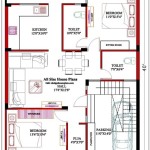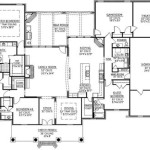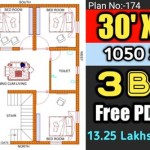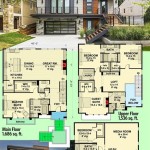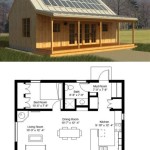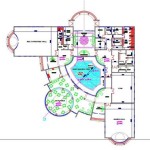Floor Plan Sketch Designs: Essential Aspects for Effective Representation
Floor plan sketch designs serve as crucial blueprints that guide the planning, construction, and renovation of building spaces. These sketches provide a visual representation of the building, allowing stakeholders to understand the layout, dimensions, and relationships between different areas.
An effective floor plan sketch design should adhere to specific essential aspects to ensure clarity and accuracy.
Scale and Proportion
Maintaining accurate scale and proportion is paramount. The sketch should accurately represent the actual dimensions of the building, including room sizes, wall lengths, and door openings. This ensures that the design can be used for precise planning and construction.
Layout and Flow
The layout and flow of the design should be well-planned. Spaces should be arranged intuitively, with clear circulation paths and logical adjacencies between different areas. The sketch should highlight the primary and secondary spaces, as well as the connections between them.
Furniture Placement
Indicating furniture placement in the sketch provides a better understanding of the functionality and space utilization of each area. Furniture should be drawn to scale and allocated appropriately within the room dimensions.
Wall Openings
Wall openings, including windows, doors, and archways, should be accurately depicted in the sketch. These openings define the boundaries of spaces and determine natural light and ventilation.
Circulation and Adjacencies
The sketch should clearly indicate circulation paths, hallways, and stairwells. The adjacencies between rooms and other spaces should be carefully considered to optimize efficiency and minimize unnecessary movement.
Dimensions and Annotations
Essential dimensions, such as room sizes, wall lengths, and door openings, should be clearly annotated on the sketch. These annotations ensure accurate construction and precise space planning.
Visual Elements
In addition to the technical aspects, visual elements can enhance the clarity and usability of the sketch. Different line types, hatches, and shading techniques can be employed to differentiate between walls, floors, and other surfaces.
By carefully considering these essential aspects, floor plan sketch designs can effectively convey the space requirements, functional relationships, and overall design intent. These sketches serve as valuable tools for architects, designers, builders, and homeowners alike, enabling them to make informed decisions about the planning and construction of building spaces.

Floor Plan Creator And Designer Free Easy App

Examples Of Sketch Plans Floor Plan Design

Home Floor Plans House Plan Drawings

Floor Plan Creator And Designer Free Easy App

Small House Plans Popular Designs Layouts

Floor Plans Types Symbols Examples

Interior Design Ideas Drawings Plan Architecture Drawing

Floor Plans Types Symbols Examples

Floor Plan Easy Example Simple Plans Design

Floor Plan Services 5 Drawing Layout Types They Include


